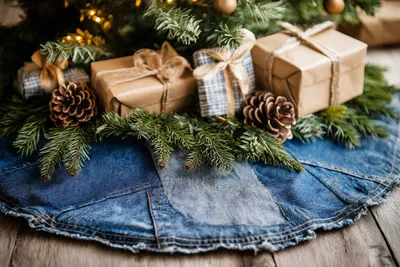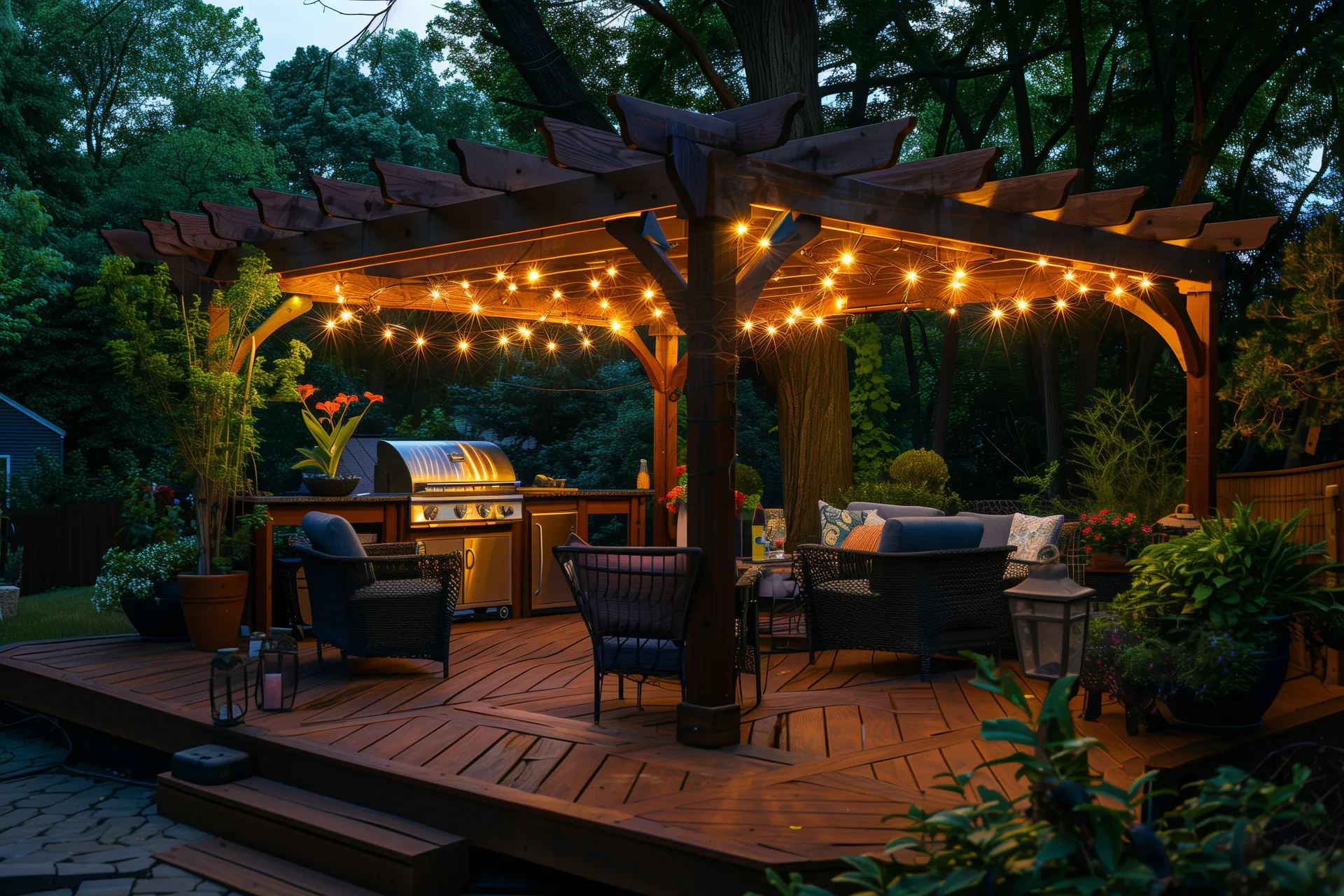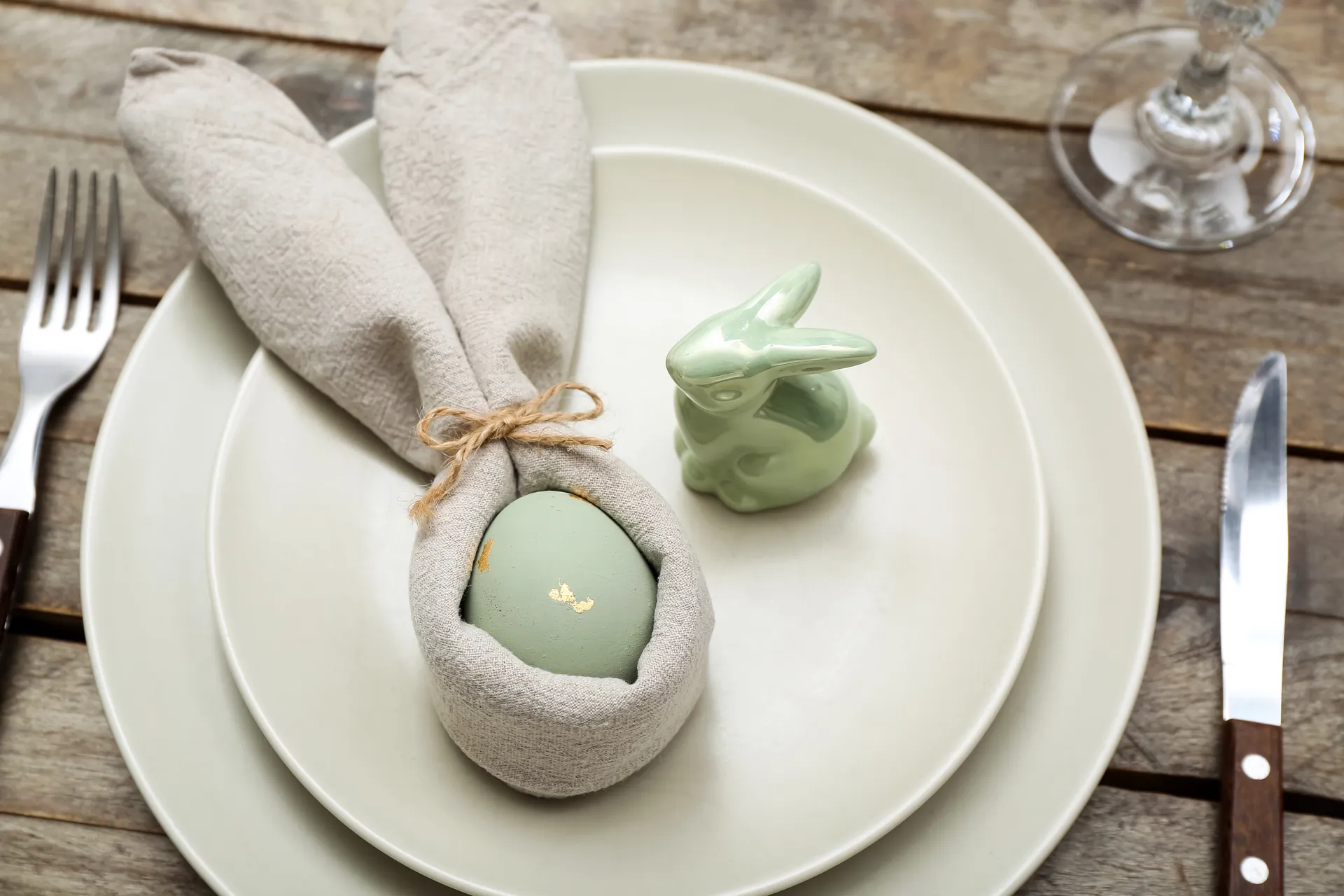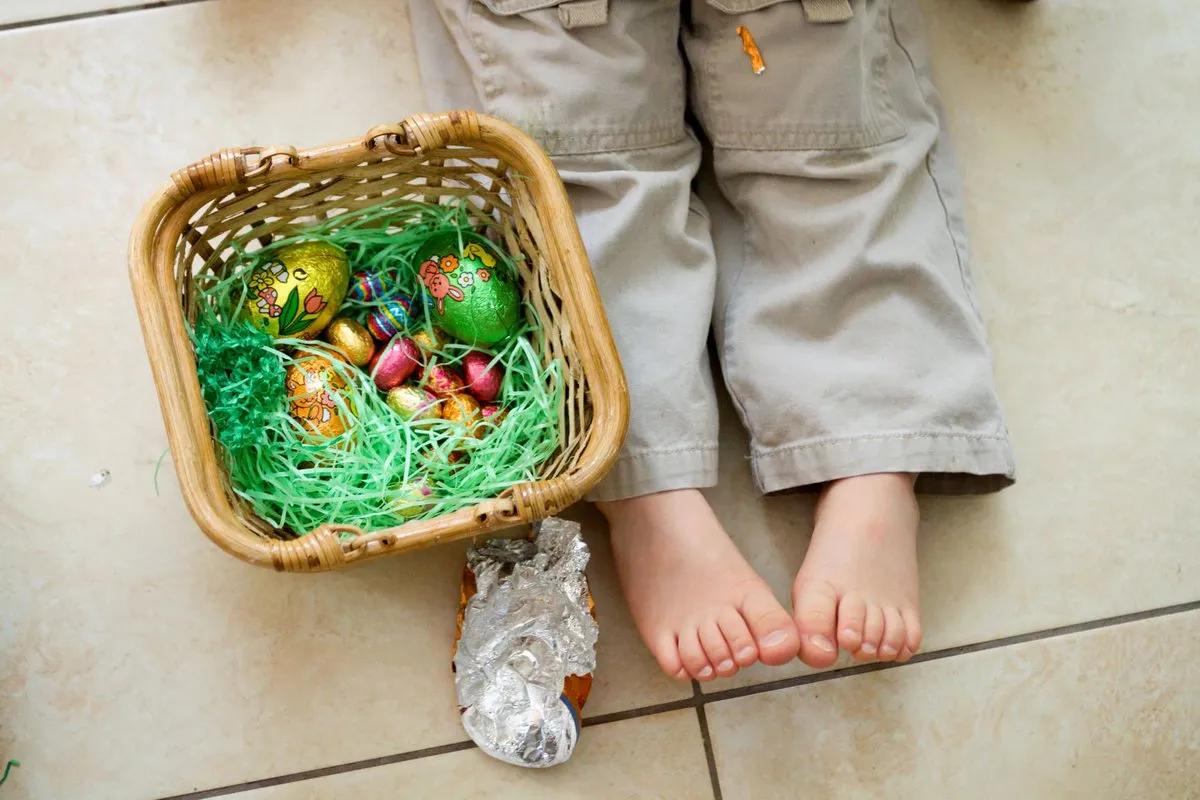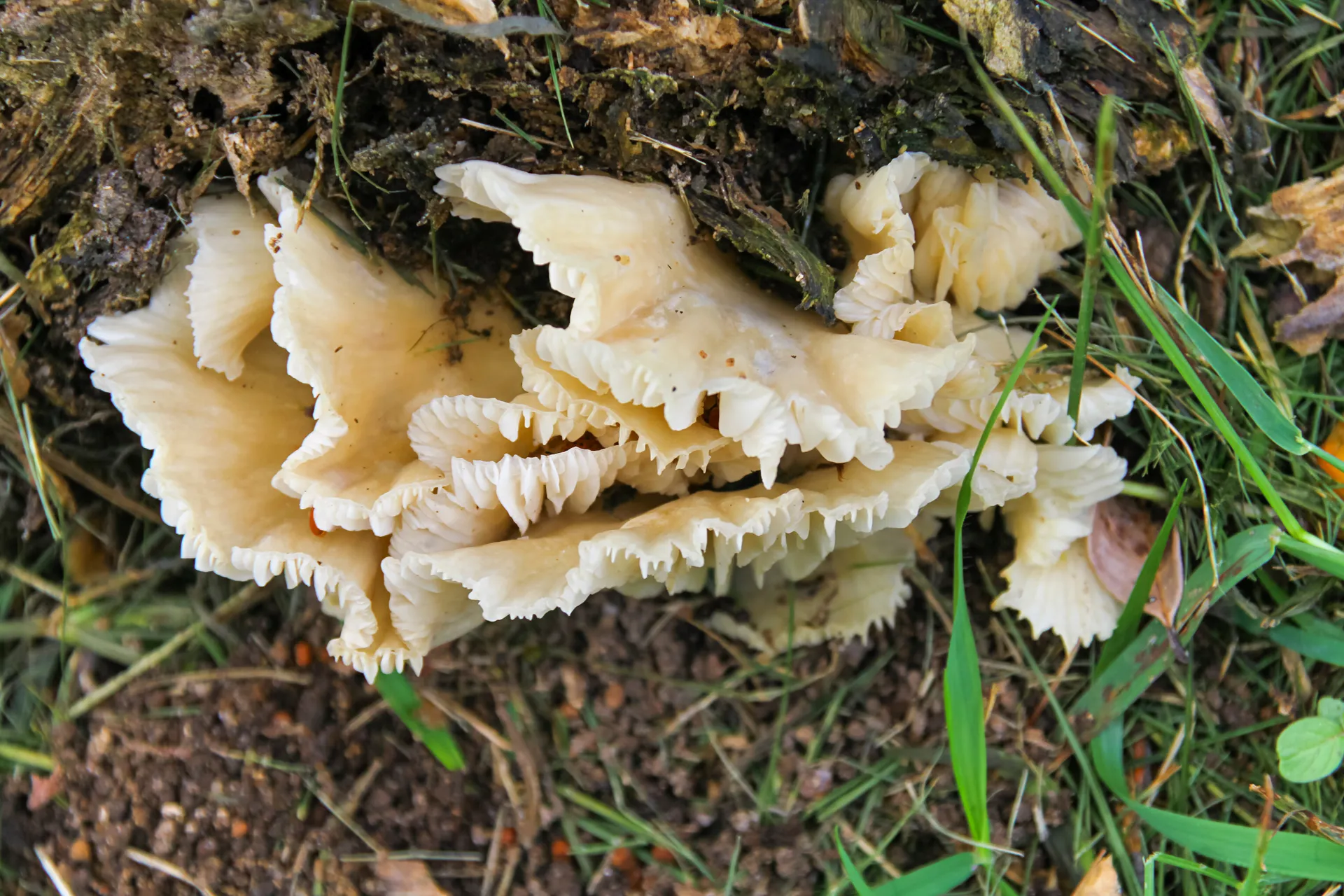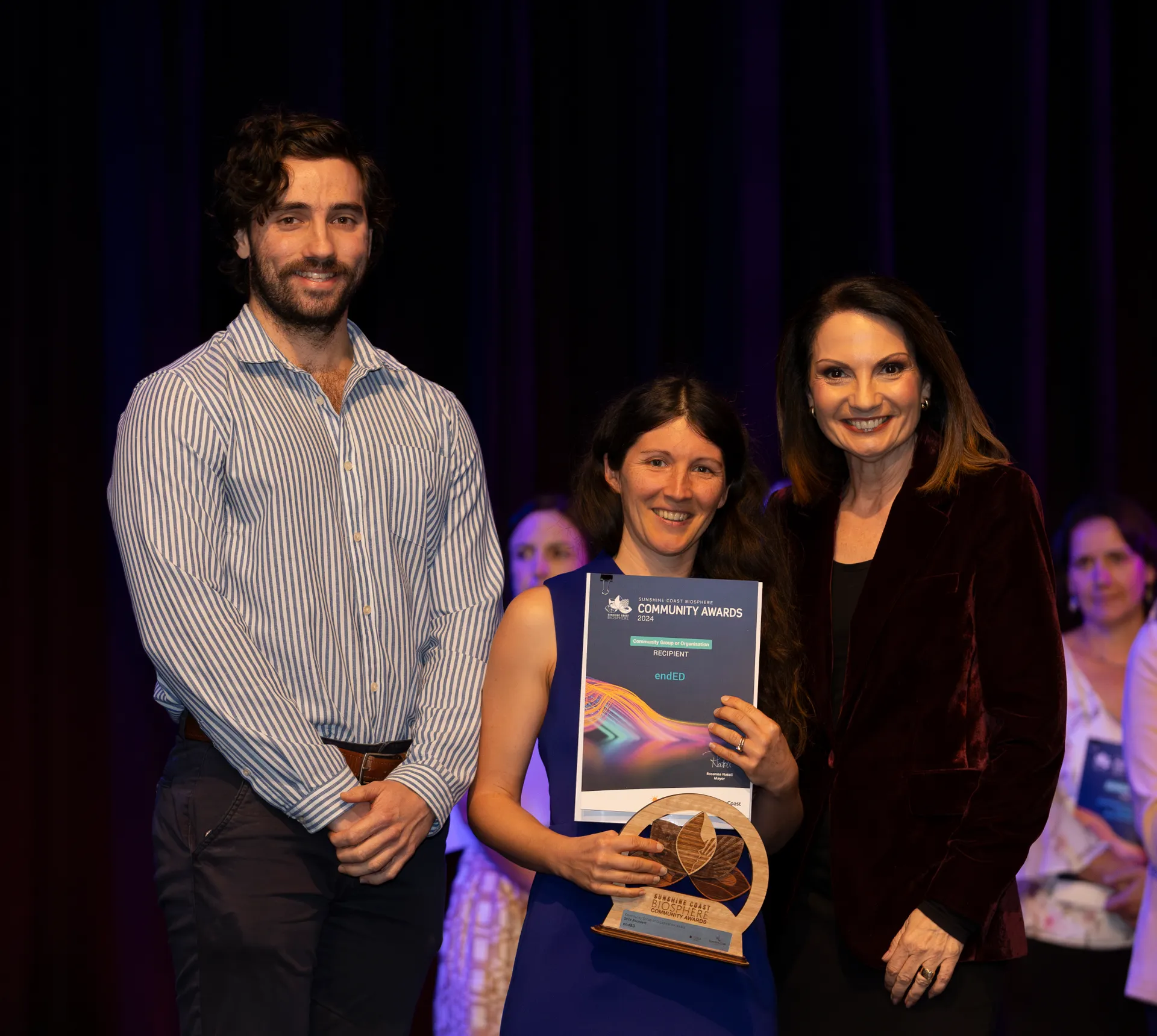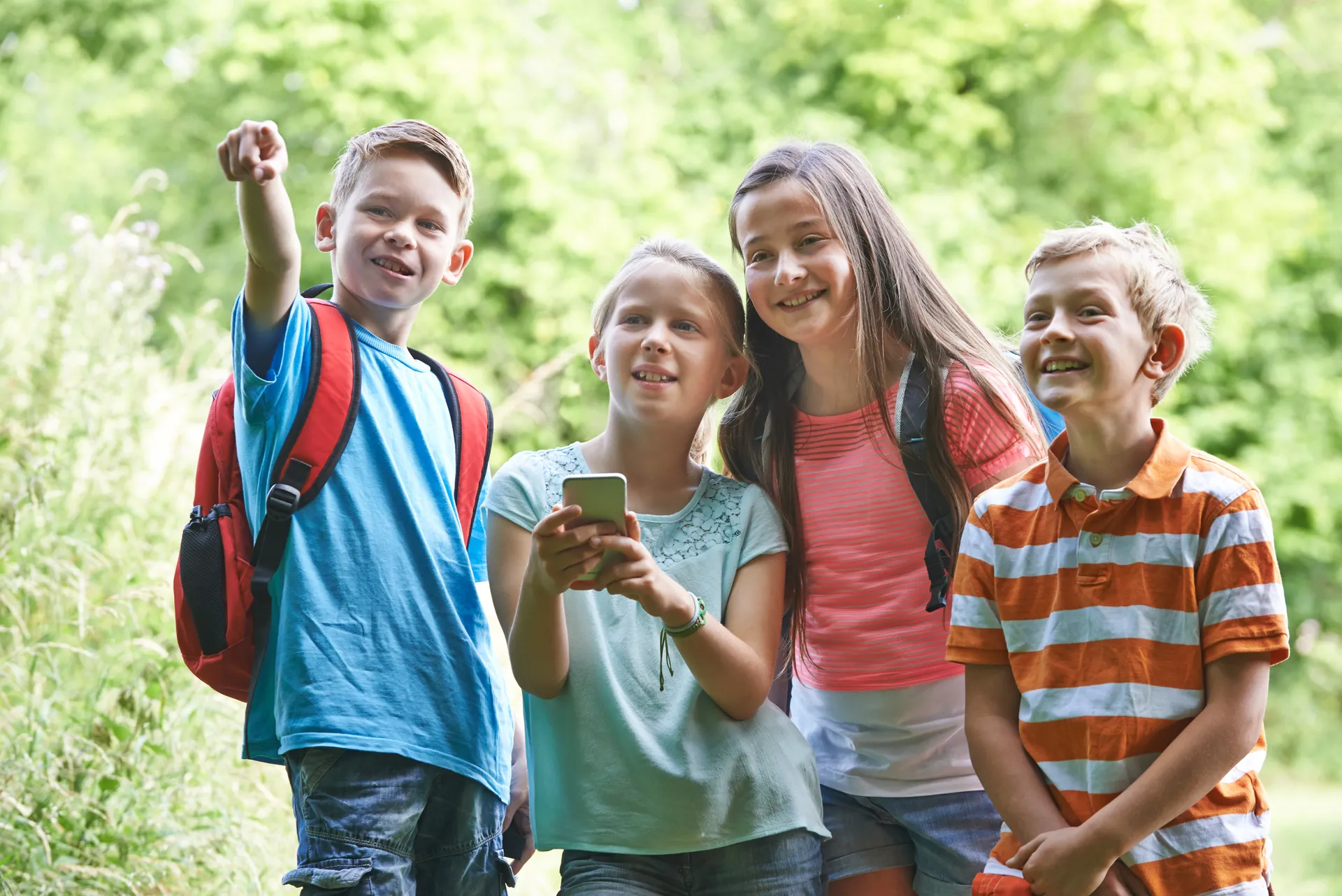Let's talk about the birds and the bees
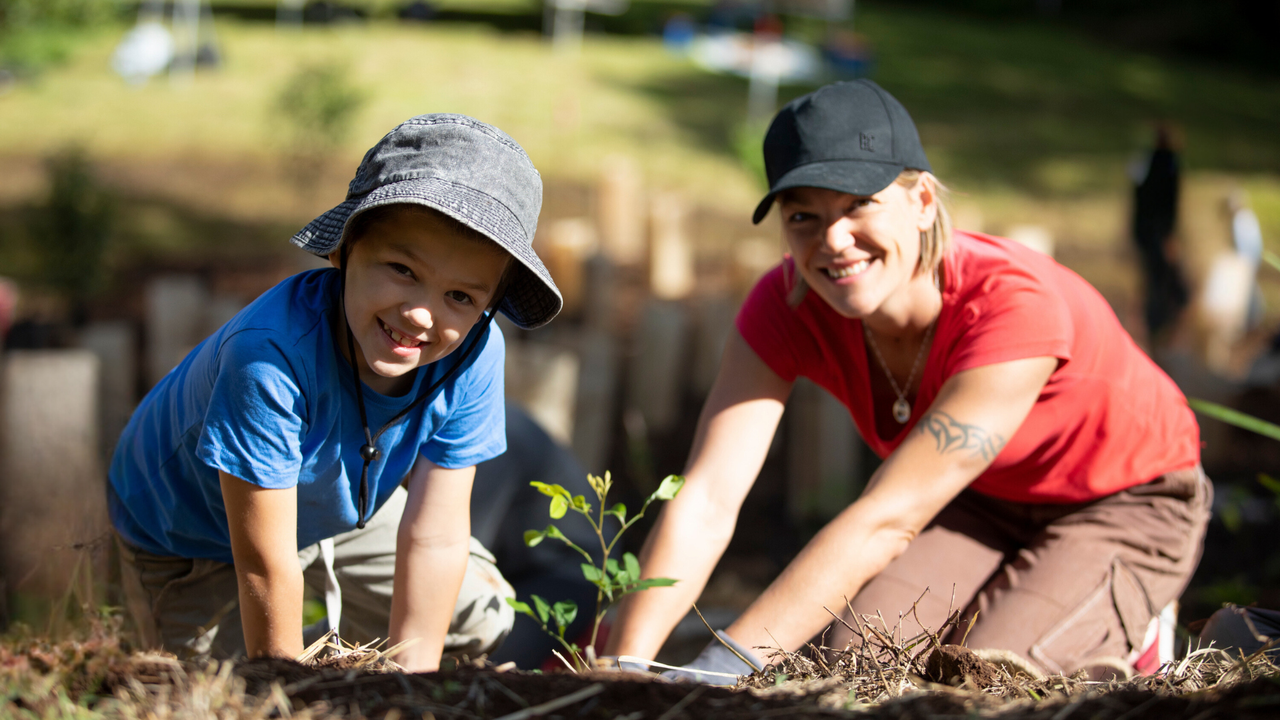
Attracting Native Birds to Your Sunshine Coast Garden with Australian Natives
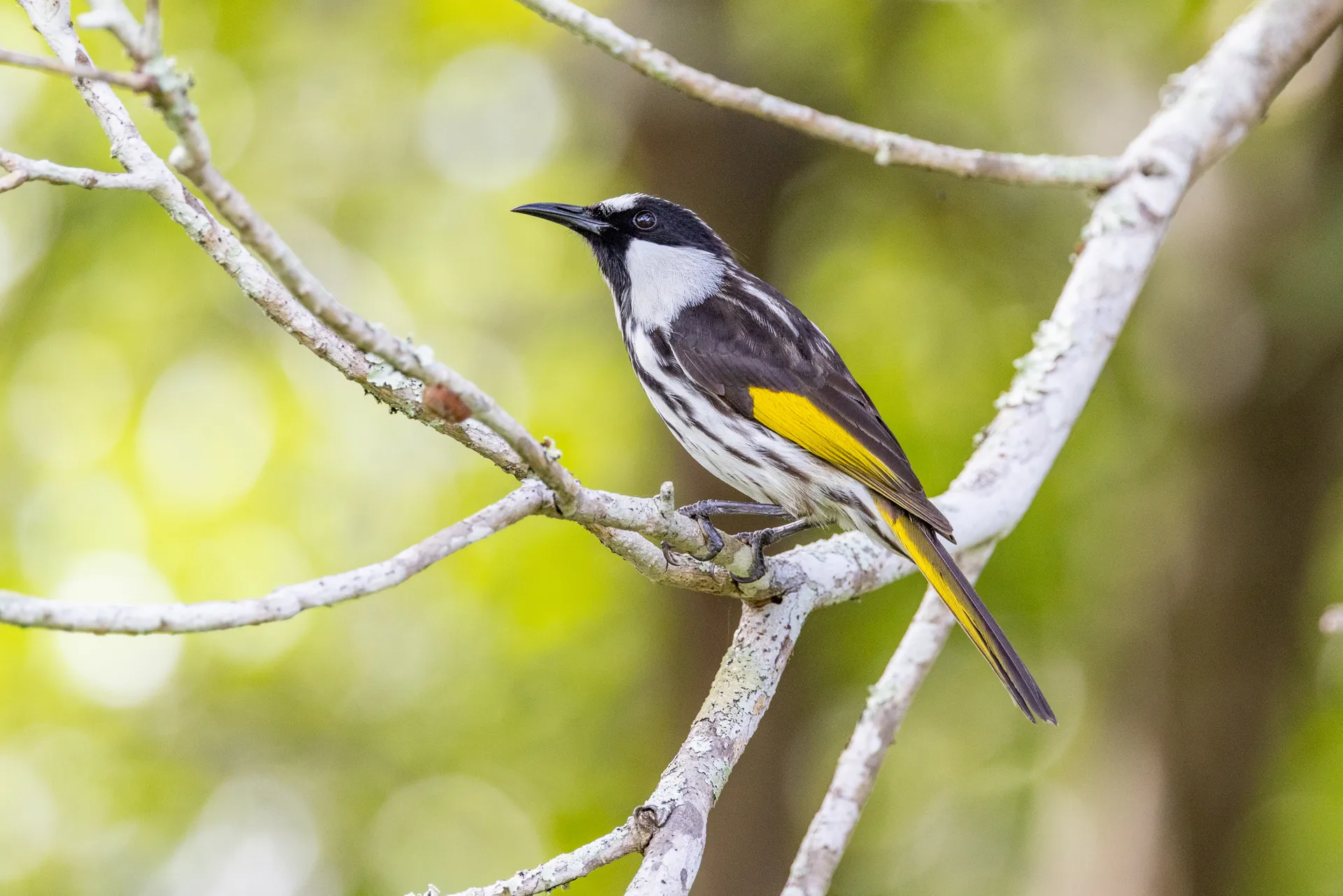
The Sunshine Coast is home to a vibrant array of native bird species that thrive when provided with a garden rich in Australian native plants.
By planting species such as grevilleas, banksias, flowering gums, and bottlebrushes, you can create a sanctuary for these birds while contributing to the health of local ecosystems.
Here’s a guide to the birds you could attract, where to source these plants locally, and the benefits to pollinators.
Birds to Attract
Check out this identification guide for some of the species found in bushland habitats and backyards on the Sunshine Coast.
Rainbow Lorikeet
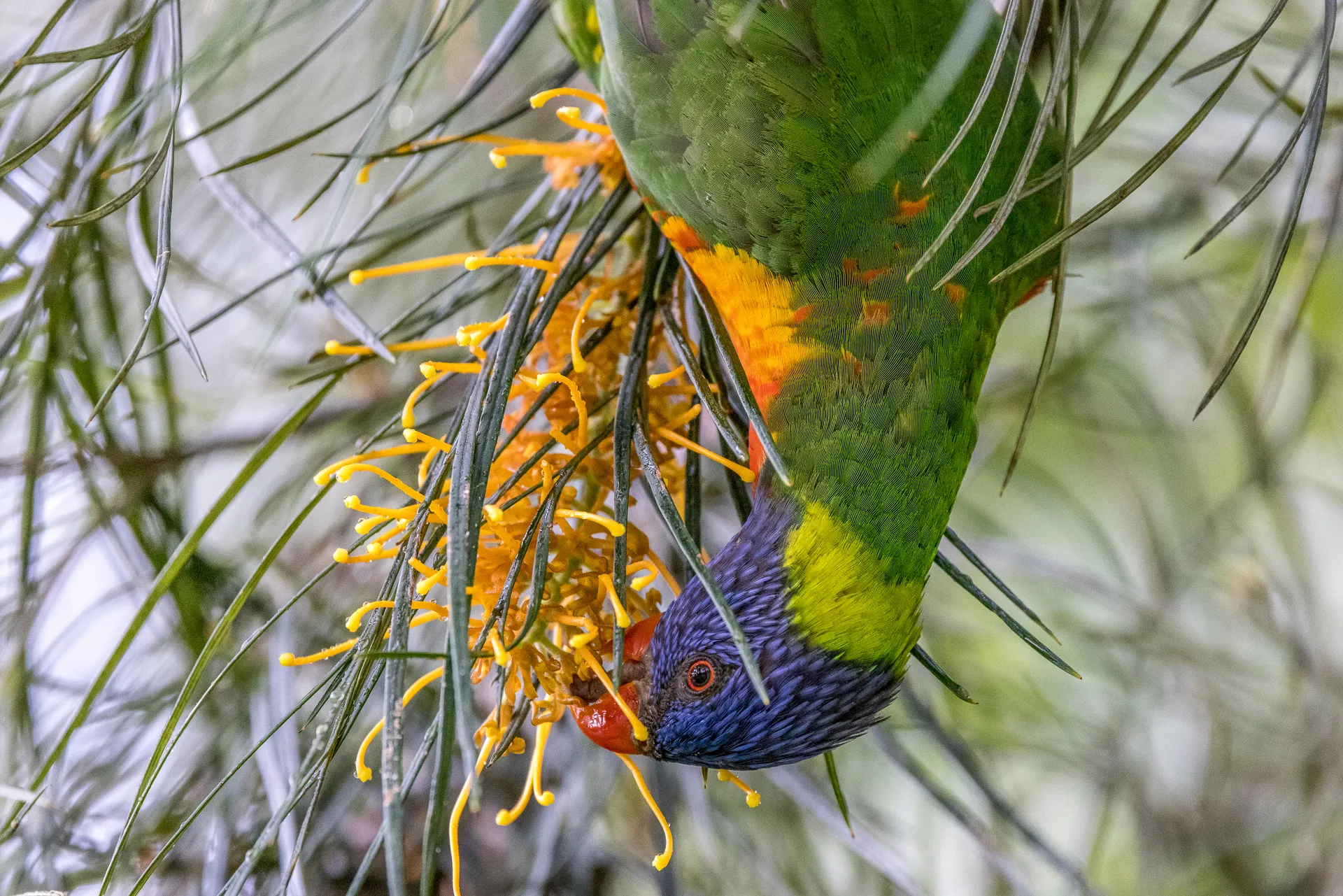
Known for their bright, rainbow-colored feathers, Rainbow Lorikeets are frequent visitors to gardens with flowering gums, grevilleas, and bottlebrushes. These energetic birds feed on nectar and help pollinate flowers as they forage.
Interesting Fact: Rainbow Lorikeets have brush-tipped tongues specifically adapted to extract nectar from flowers.
Eastern Spinebill
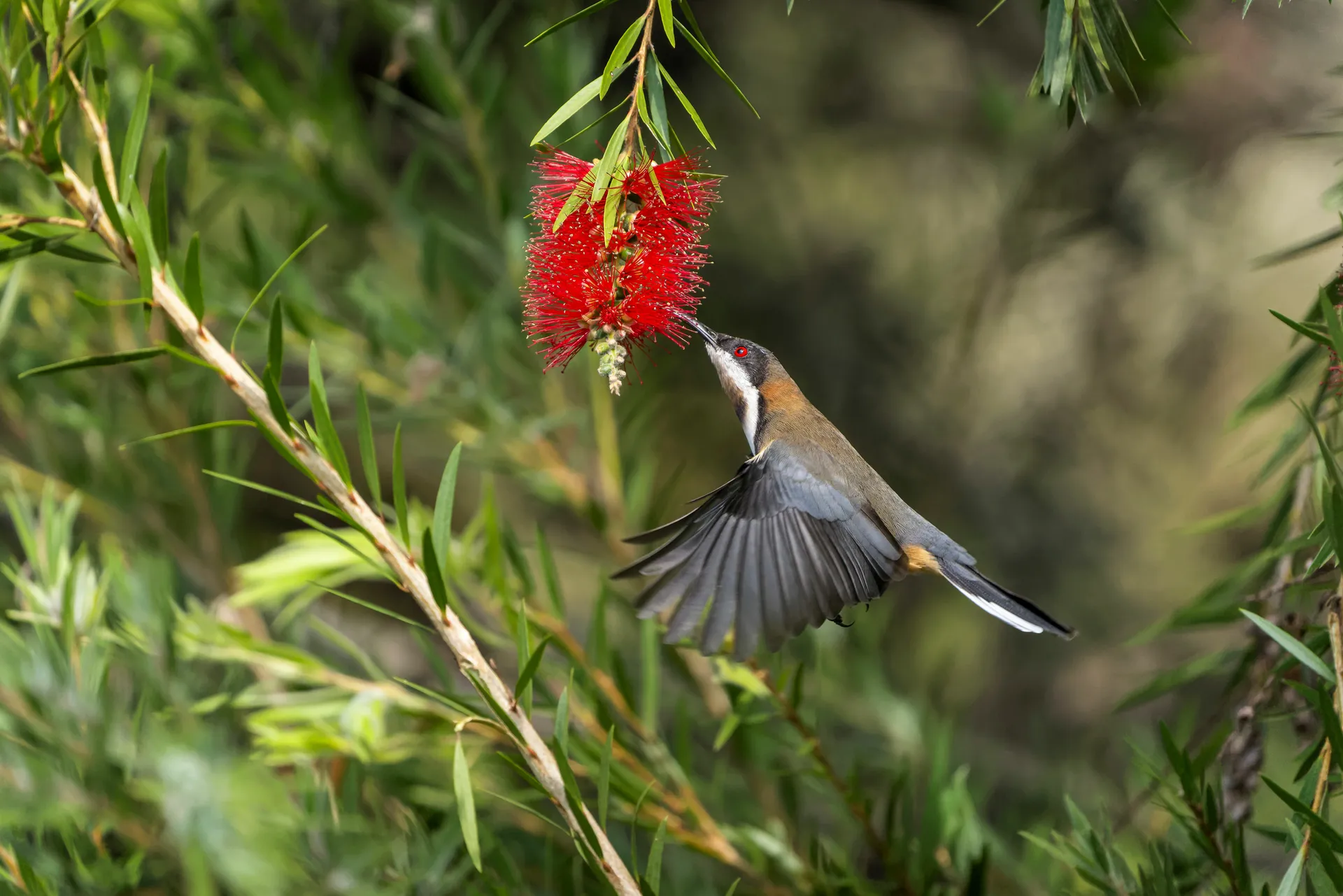
This small, honeyeater bird has a curved beak perfect for accessing nectar in tubular flowers like grevilleas and banksias.
Interesting Fact: The Eastern Spinebill can hover like a hummingbird while feeding, a rare behavior among Australian birds.
Noisy Miner
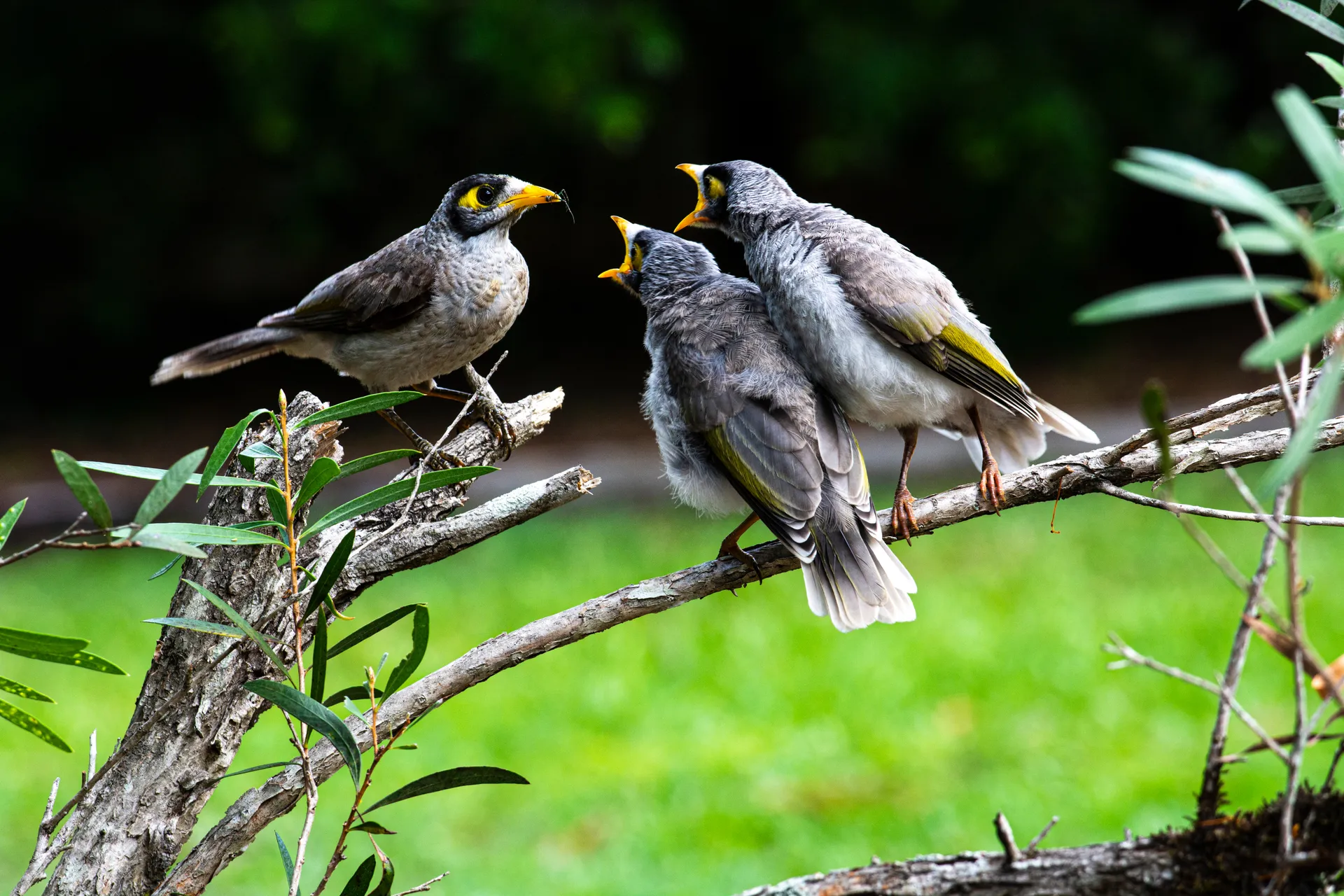
A gregarious honeyeater, the Noisy Miner loves bottlebrush and flowering gums. While these birds are excellent pollinators, they can sometimes dominate gardens, so a diverse planting strategy is key.
Interesting Fact: Despite their name, Noisy Miners are not miners but get their name from their chatty nature.
Laughing Kookaburra

Although primarily carnivorous, kookaburras are attracted to the insects and small reptiles that native plants provide habitat for.
Interesting Fact: The Laughing Kookaburra’s iconic call is often mistaken for human laughter.
Scarlet Honeyeater

This striking red bird is often spotted feeding on nectar from flowering gums and bottlebrushes. It is one of the smallest honeyeaters but plays a big role in pollination.
Interesting Fact: Male Scarlet Honeyeaters are bright red, while females are more subdued in coloration to camouflage while nesting.
Australian Native Plants for Bird Attraction
Grevilleas
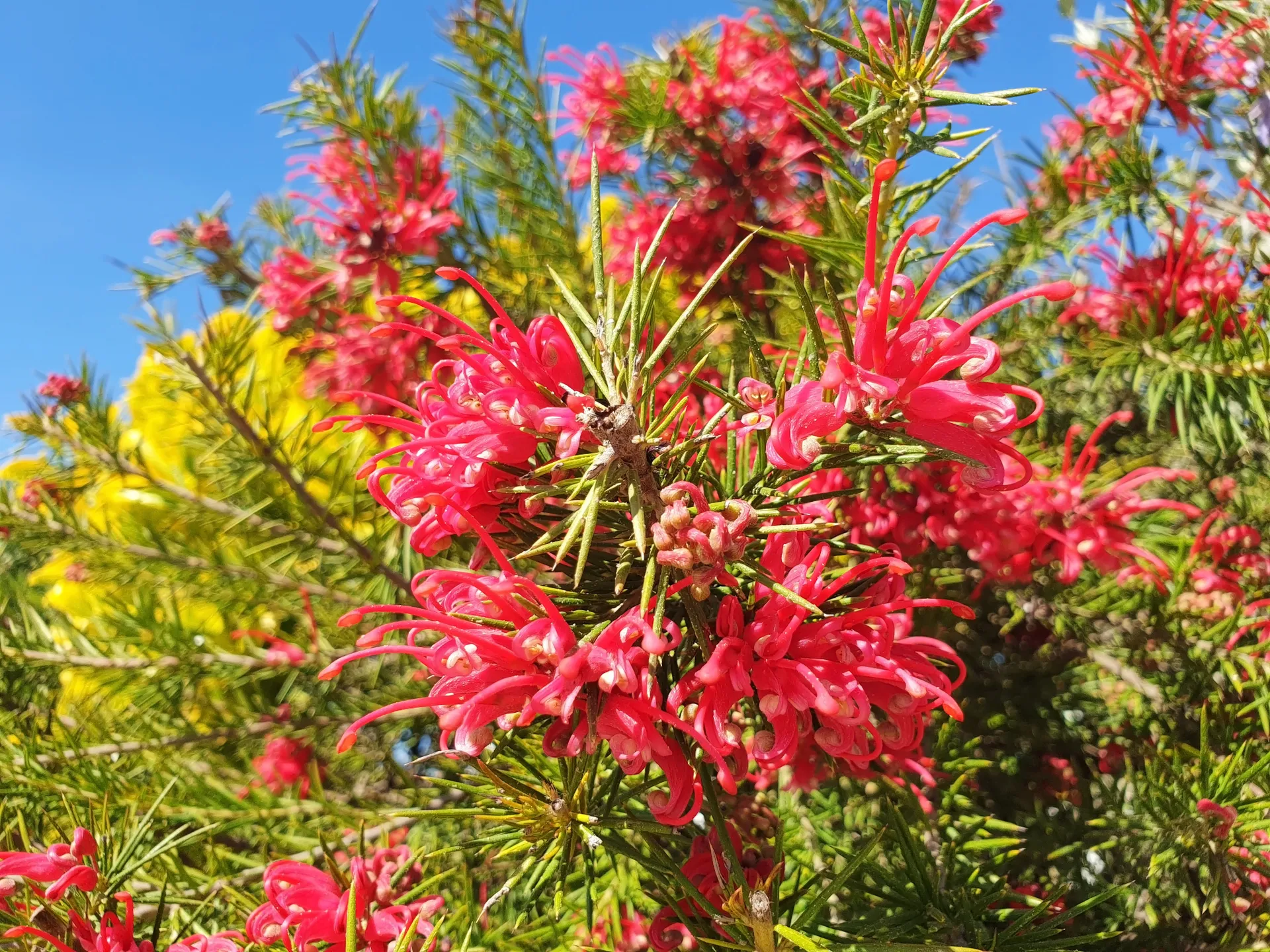
With over 360 species, grevilleas produce nectar-filled blooms year-round, making them a staple for attracting birds.
Interesting Fact: Grevilleas are nicknamed “spider flowers” due to their unique, spindly blossoms.
Banksias
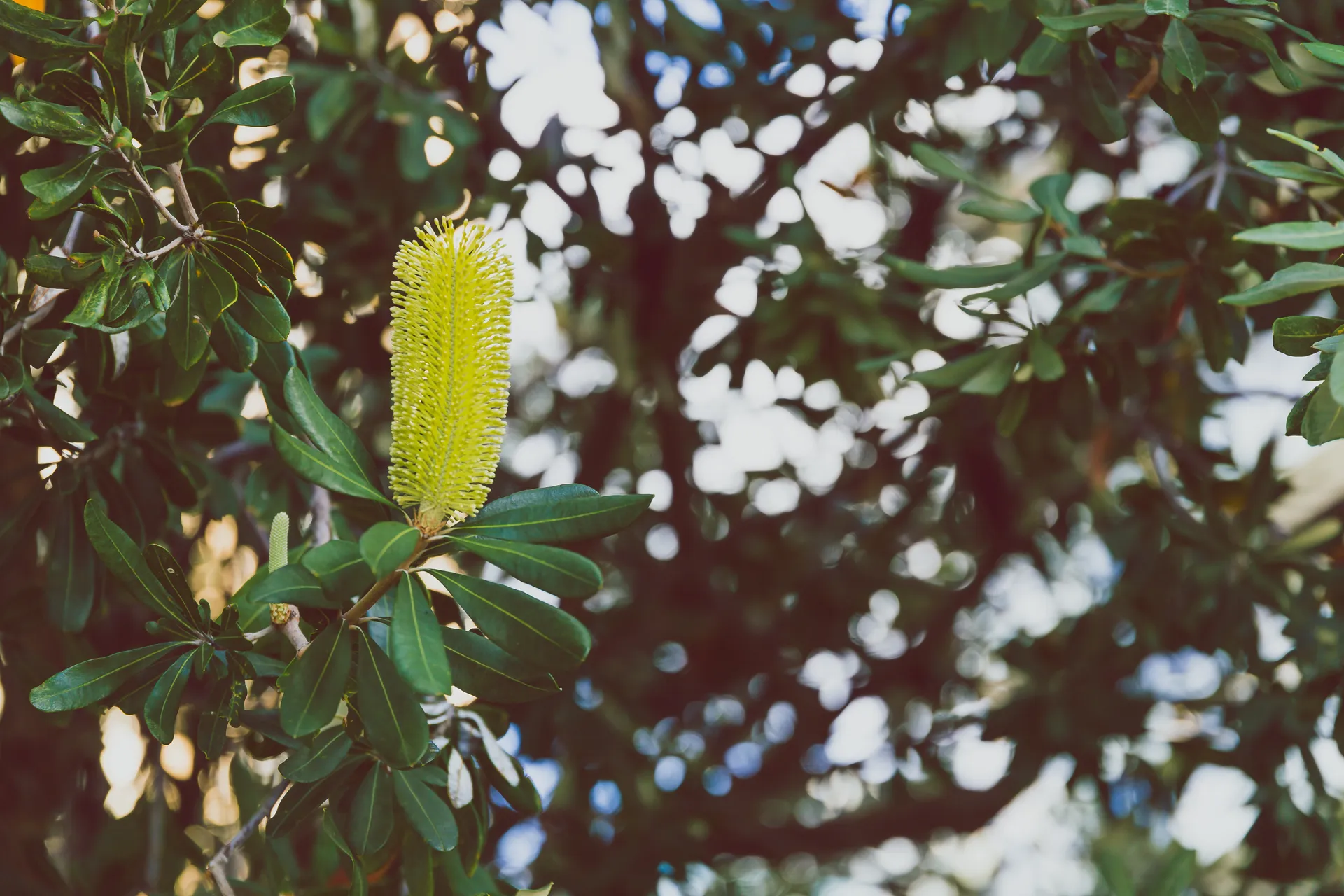
These iconic plants, with their candle-like flower spikes, are highly attractive to nectar-loving birds.
Interesting Fact: Banksia seeds are fire-resistant and open after exposure to intense heat, helping them regenerate in the wild.
Flowering Gums (Corymbia Ficifolia)
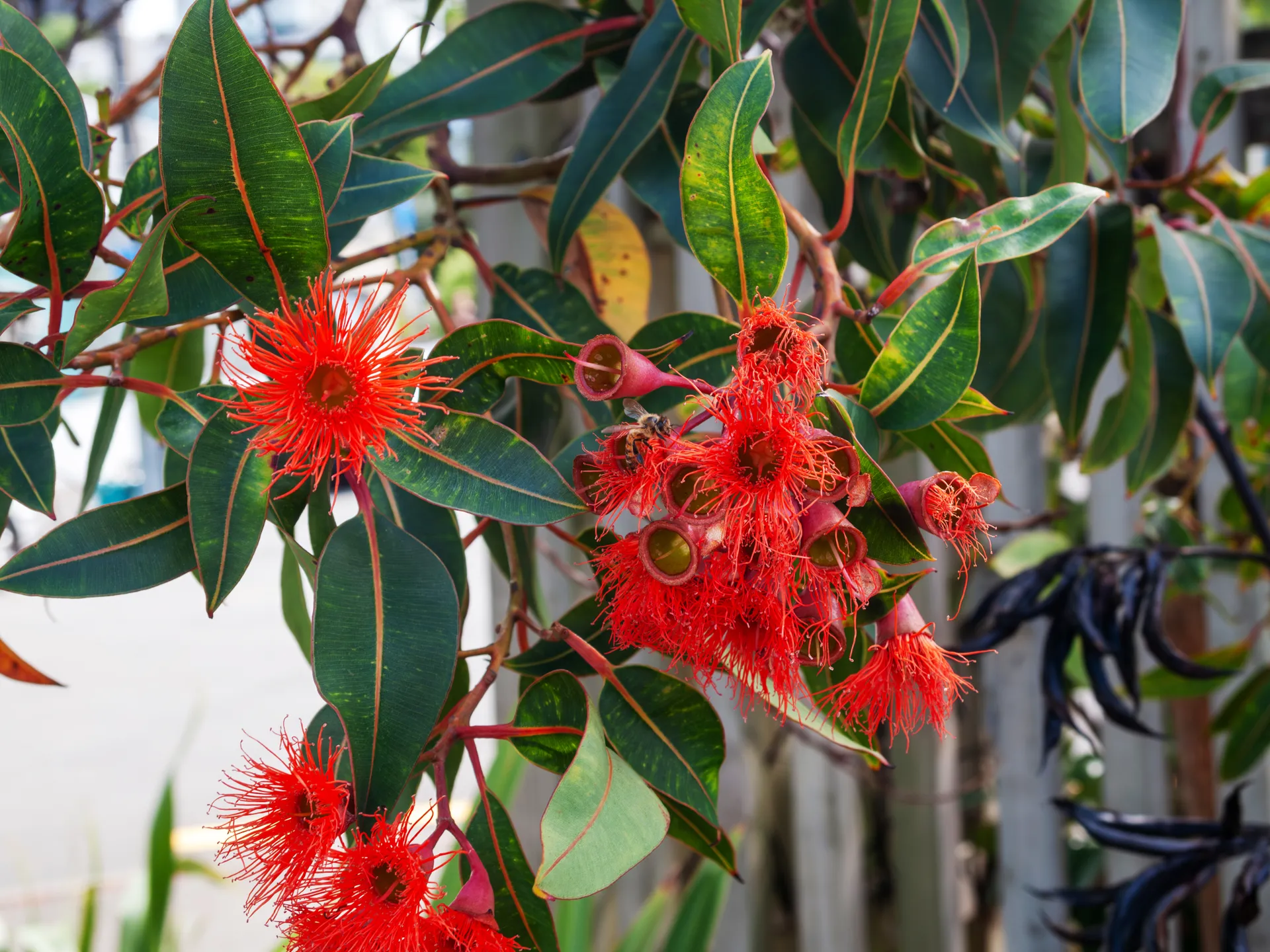
Known for their vibrant flowers in shades of red, pink, orange, and white, flowering gums attract a variety of birds and insects.
Interesting Fact: These trees can thrive in coastal conditions and provide shade as well as beauty.
Bottlebrushes (Callistemon spp.)

Their distinctive, brush-like flowers are perfect for attracting honeyeaters like Rainbow Lorikeets and Scarlet Honeyeaters.
Interesting Fact: Bottlebrush flowers are packed with nectar, making them a favorite among pollinators.
Where to Source Plants Locally
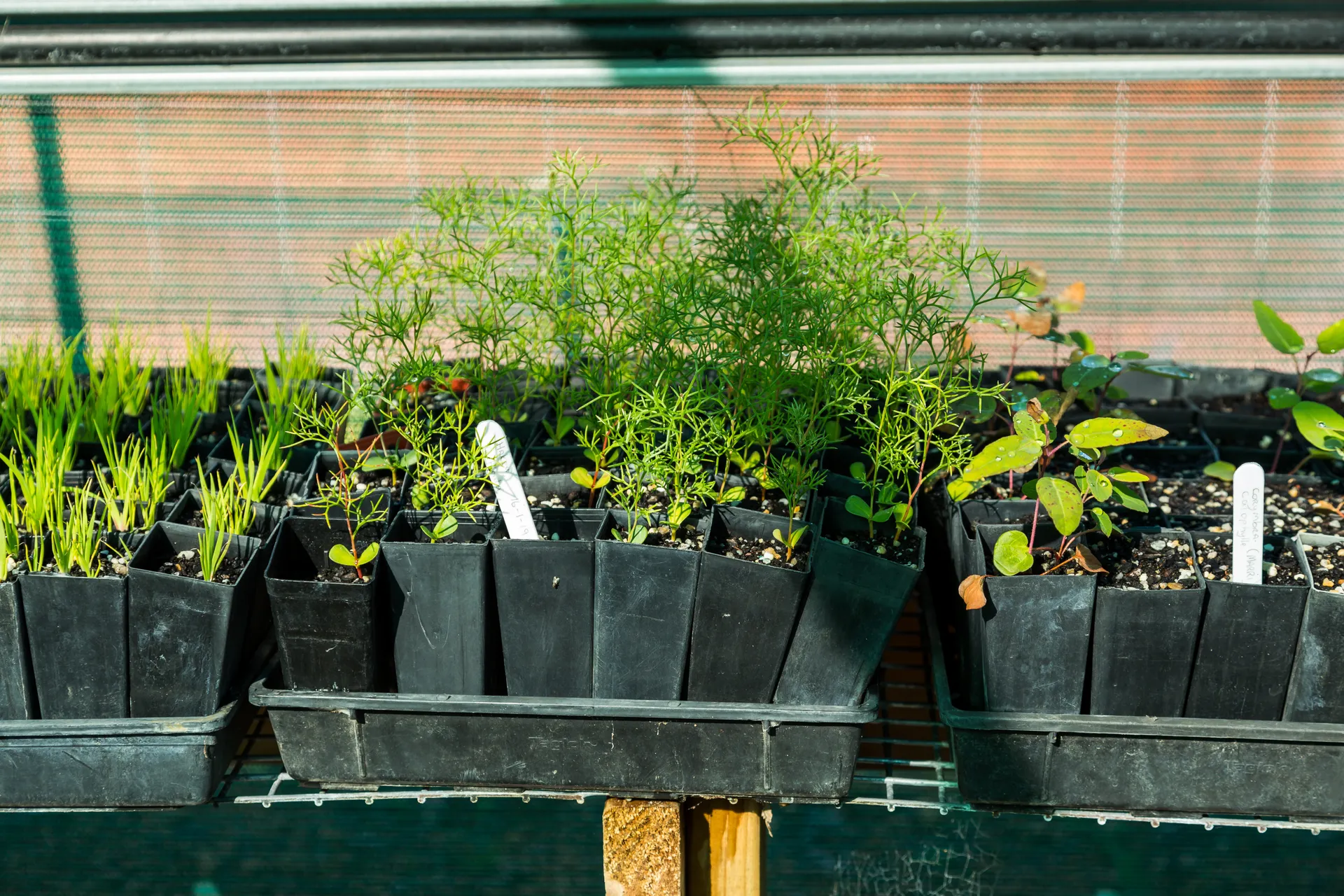
Community Native Nurseries
Local native plants are ideally suited to local conditions, soil types and climate. They generally require less water, fertiliser and maintenance than non-natives, and provide shelter and food for local fauna species.
Council sponsors community native nurseries across the Sunshine Coast. These nurseries grow and sell local native plants, offer free advice on choosing plants, planting and maintenance, and may offer opportunities to join in seed collecting, growing and care of native plant species.
Details of opening hours, services and volunteering are available on the nursery websites.
| Coolum Community Native Nursery157 Warran Road, YaroombaPh: (07) 5473 9322Coolum Natives website[email protected] | Mooloolah Native Nursery 2671 Steve Irwin Way, Glenview Ph: (07) 5494 5074Mooloolah River Landcare website[email protected] |
| Florabunda Native Nursery93-145 Diddillibah Road, WoombyePh: (0475) 581 890Florabunda Bushcare website[email protected] | Barung Landcare Nursery 26 Porters Lane, Maleny Ph: (07) 5494 3151Barung Landcare website[email protected] |
| STEPS Nursery9 George Street, CaloundraPh: (07) 5436 6023STEPS Nursery website[email protected] |
Garden Centers
Check your local garden centre for popular natives like grevilleas and banksias.
Benefits to Pollinators
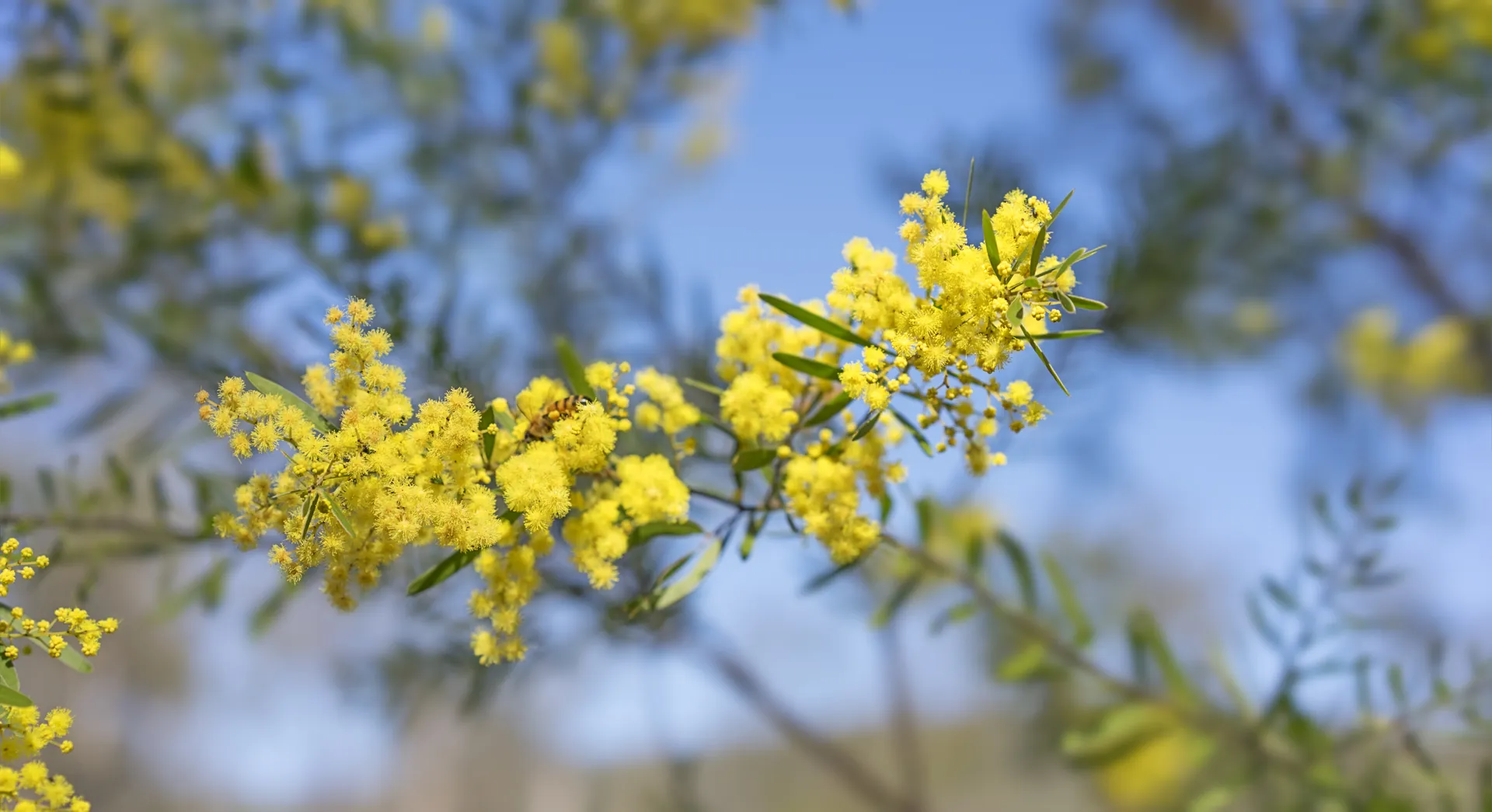
By planting Australian natives, you’re not only attracting birds but also supporting native pollinators like bees, butterflies and bats. These plants:
• provide year-round nectar and pollen
• offer habitat and food for insects, a crucial food source for many bird species
• increase biodiversity, ensuring a resilient and balanced ecosystem
Creating a Balanced Habitat

When designing your bird-friendly garden, aim for a mix of plants that flower at different times of the year. This ensures a continuous food source for birds and pollinators alike. Additionally, consider planting shrubs and trees at varying heights to provide shelter and nesting sites.
By cultivating a garden rich in Australian natives, you’ll not only enjoy the beauty of native birds but also contribute to the preservation of the Sunshine Coast’s unique environment. So dig in, plant local, and let your garden come alive with the sights and sounds of our feathered friends!
